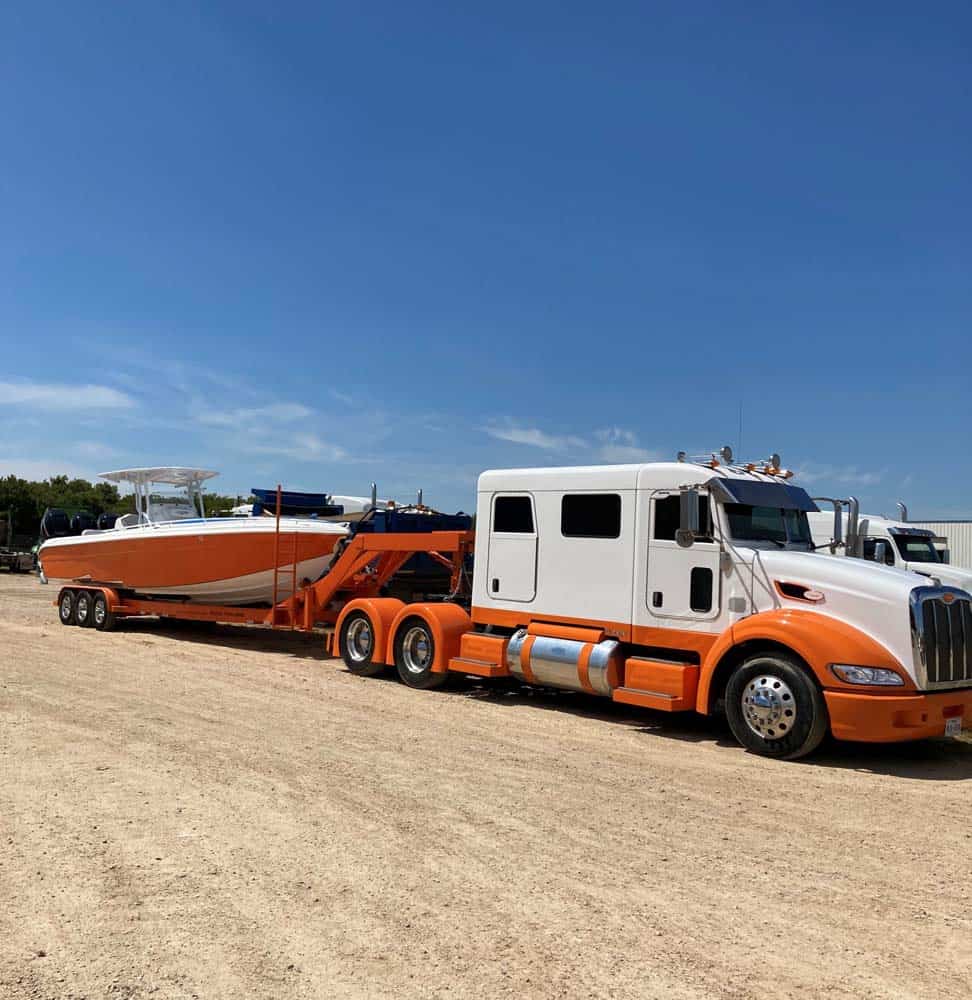Wide loads State Permits and Regulations
Overland shipment is an important part of our economy. Supplies of raw materials, equipment, and finished products need to be hauled from one part of any country to another. In fact, this method accounts for over 60% of cargo transport across the US. Even more important is the transportation of the wide loads.
These trucks need delicate planning, scheduling for the safety of cargo and other road users. That is why there are regulations governing their movement along the highway and state roads. While these regulations are general in nature, others may vary from state to state.
Wading through these regulations can be a maze. That is why we’ve put together a guide on oversize loads requirements for permits. Let us dive deeper and learn more.
What Are Wide Loads?
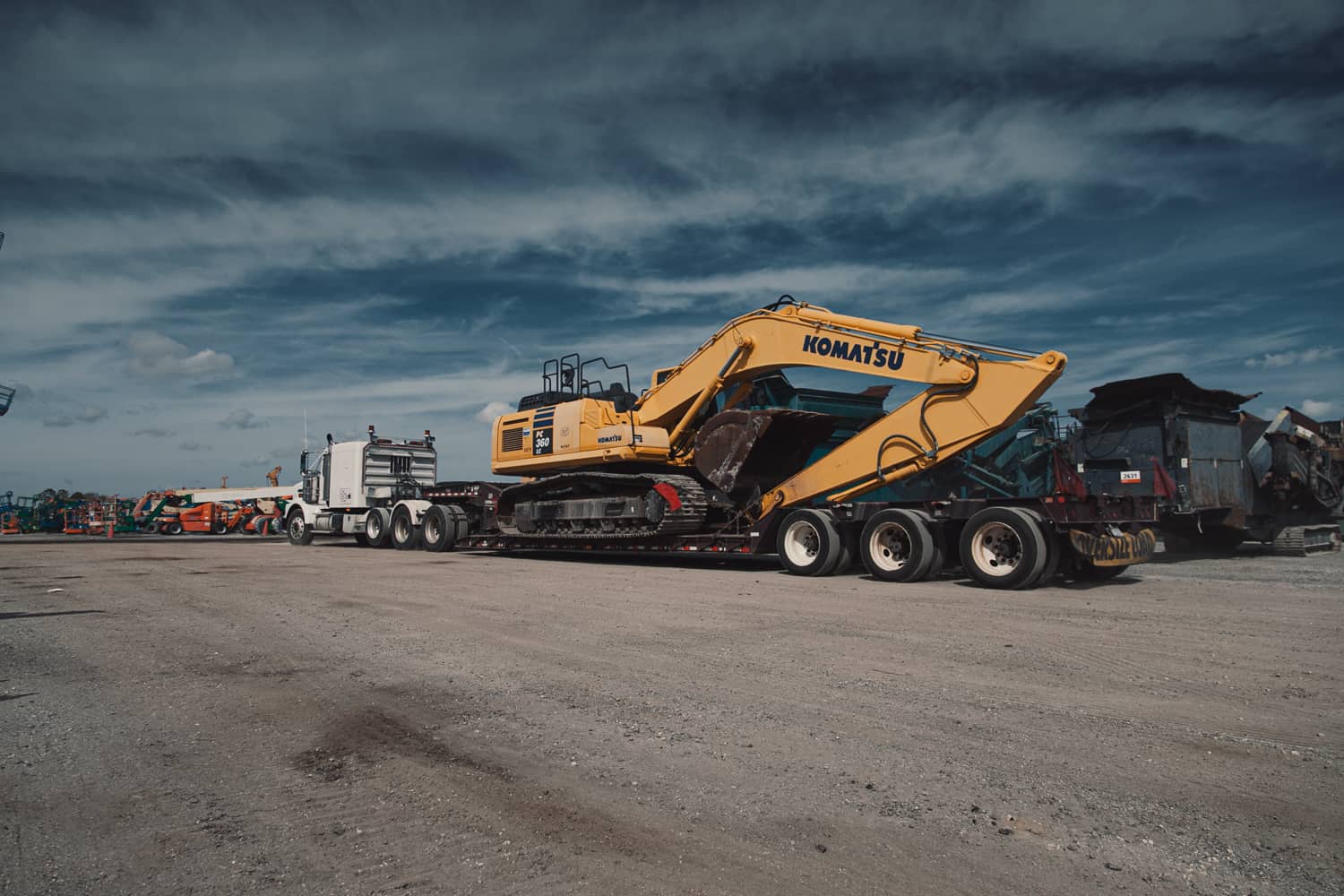
Any load that exceeds the maximum legal width, length, and height is considered a wide load.
These metrics vary from state to state. Therefore, it is important to know the dimensions of your cargo and work with specific states to know whether or not it is a wide load.
However, there is a general consensus across the states on this. A load is considered wide if it exceeds 8.5ft and a height of 13.5 to 14.5 in height. A load that goes beyond 8.5 ft wide is defined as superloads in some states, though.
At that level, the legal requirements for the permit to transport the load on the road increase. Among these include pilot and escort vehicles (P/EV), strict travel times, temporary road closures and more. Close supervision from security agencies may also be required.
Why Do You Need a Permit?
Oversize loads require special consideration on the road due to their unique nature. They take up much more space on roads, pose safety challenges, and inconvenience other road users. That is why it is important to notify the authorities, comply with the requirements and get a permit. It is a win-win for all road users.
General Regulations
The general regulations cut across all states. They are the bare minimum requirements that oversize cargo haulers must legally comply with to qualify for a permit. As such, it is imperative to ensure you check all the boxes or risk substantial fines.
Permits For Extra Width
All extra-wide loads require permits to be on the roads. What may vary is the exact definitions of what constitutes a wide load in the different states.
Take note that your cargo is required to comply with the general requirements before you can be issued a permit. Remember, they may still require more permits depending on the state-specific requirements. Fees paid will depend on the size, weight, and nature of the load, its source, and destination.
What is included in the permit?
● Route of the load
● Safety of the equipment
● Designated date and time of the movement of the equipment
● The validity period of the permit
The fees are payable to either the Department of Transportation of the specific states or the requisite Revenue Authorities. If your business makes regular transportation of oversize loads across several states, we advise you to open accounts in them. It is more economical and convenient when seeking future permits.
Escort Vehicles
Operators are required by law to have escort vehicles also known as pilot cars, though it is not a universal requirement among all states. Depending on the state, you may need one or two escort vehicles. The number and position of escort vehicles depend on the width and the type of road used.
If it is traveling on a divided highway, the requirement is to have the escort vehicle in the front. When on interstate roads the escort vehicles are required to be at the rear of the wide load truck. The number of escort vehicles increases to two; one at the rear and another at the front for a width between 10ft to 12ft.
In some unique cases, the load may even exceed the dimensions we described above. Such may require the escort of the law enforcement agencies at the cost of the operators.
Safety apparatus
The operators must take great caution for the road users’ safety along the route of the wide load cargo. For this reason, they must take adequate measures for the visibility of their wide truck. Having enough safety apparatus on all sides of the truck is important.
Such apparatus includes the flags, warning signs, and lights. The warning pieces should make all the corners and edges of the truck clearly visible. A yellow and black oversize load sign, placed at the front and back of the truck, is a must at all times the truck is on the road.
In addition, red or fluorescent orange flags at the corners of the truck are essential. If there is any extruding part, it should have a flag attached to its furthest end. For wide loads scheduled for night travel, you should have enough lights at the edges of the truck to make the furthest point visible.
Also, installing a strobe light at the top of the cabin is one of the key requirements. The strobe light should be able to emit light visible from a distance of a minimum of 250ft.
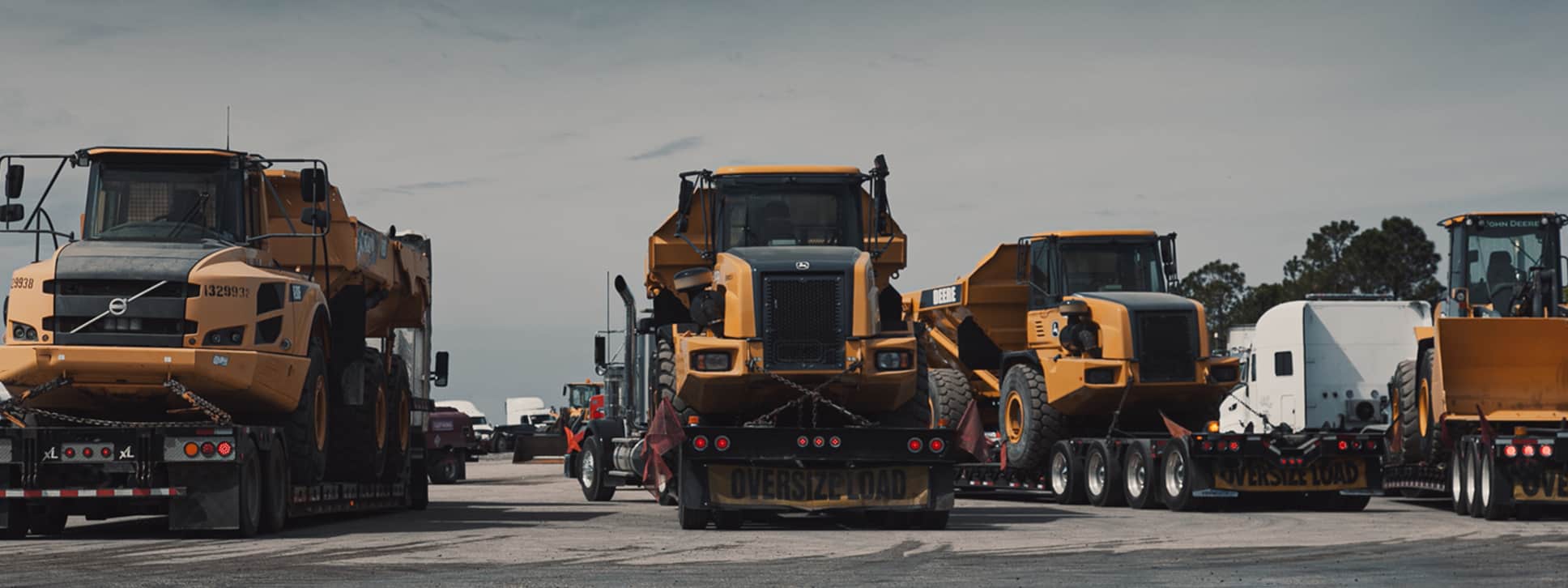
Moving Wide Loads
Most states restrict the movement of wide loads over safety concerns of all road users. The restriction will depend on several considerations:
● Whether the cargo is on the interstate road or the highways
● The width of the extra-wide load. Usually, only trucks wider than 10ft are allowed during the day.
● The time of the day or night. Some states allow the wide trucks only up to 30 minutes before sunset and 30 minutes after daybreak.
● In some states, wide load trucks are not allowed on the road during public holidays due to the anticipated traffic spike.
Different Requirements by States
Every state has autonomy on how to implement its traffic laws. As such, each has its own definition of what constitutes a wide load. It is imperative that you make an effort to find out what each has in its records as the legal position on the definition of wide load.
If you are looking for heavy haul loads in your state you can check out our load board! Below you will find each state’s requirements:
Final Thoughts
Moving wide cargo on the road has several logistical challenges. This includes keeping the wide load truck safely on the road.
This is a tedious task that needs proper planning for the cargo to reach its destination successfully. With this type of transportation, it’s important to work with trusted service providers. Fortunately, if you adhere to the above general and state requirements transporting your wide load should be a smooth process.
Do you need to ship a wide load? We can connect you to the right carriers with the right equipment. For more information, contact VeriTread today!
CATEGORIES
recent posts
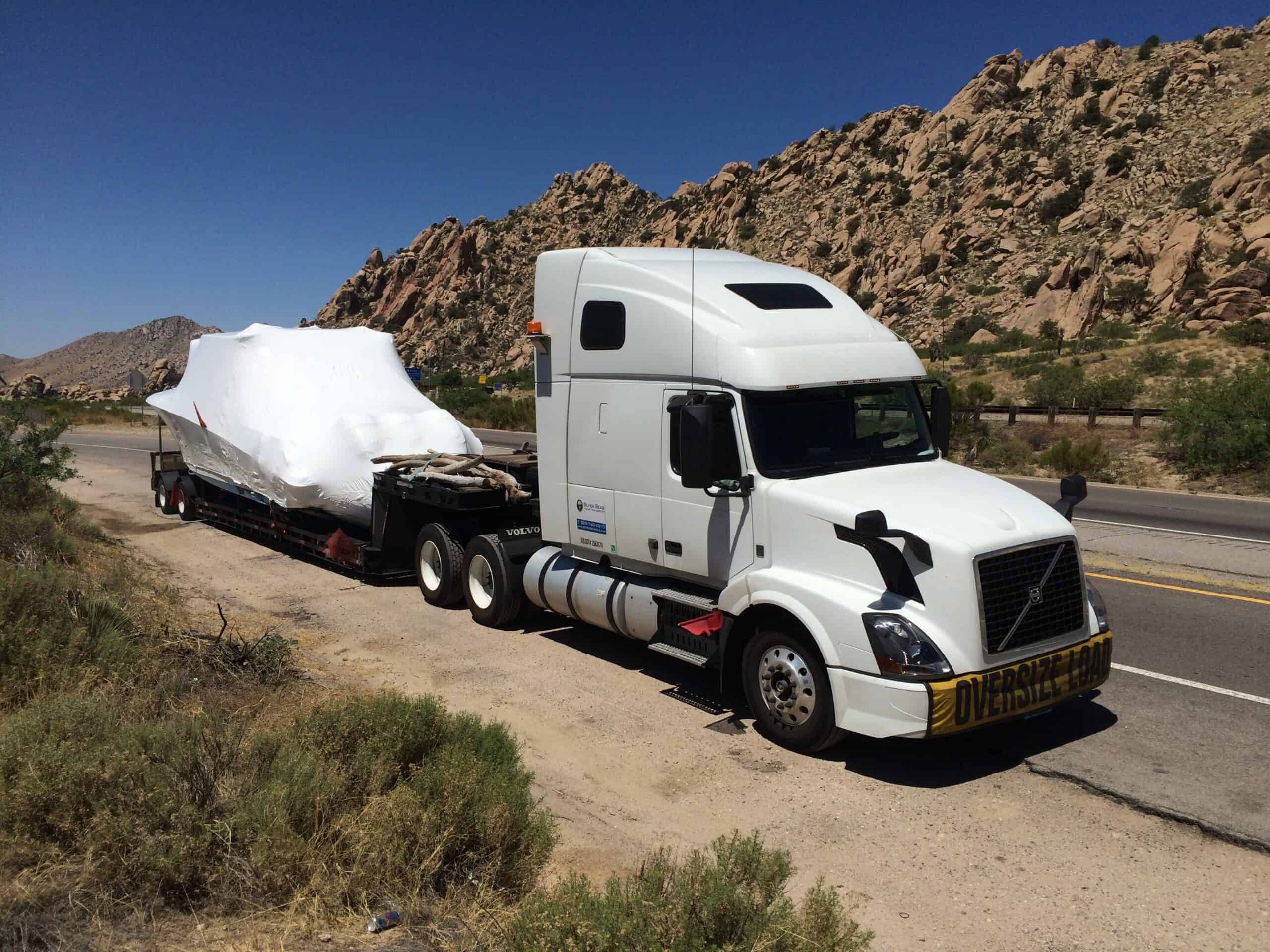
Anchoring Your Budget: Understanding and Managing Boat Transport Costs
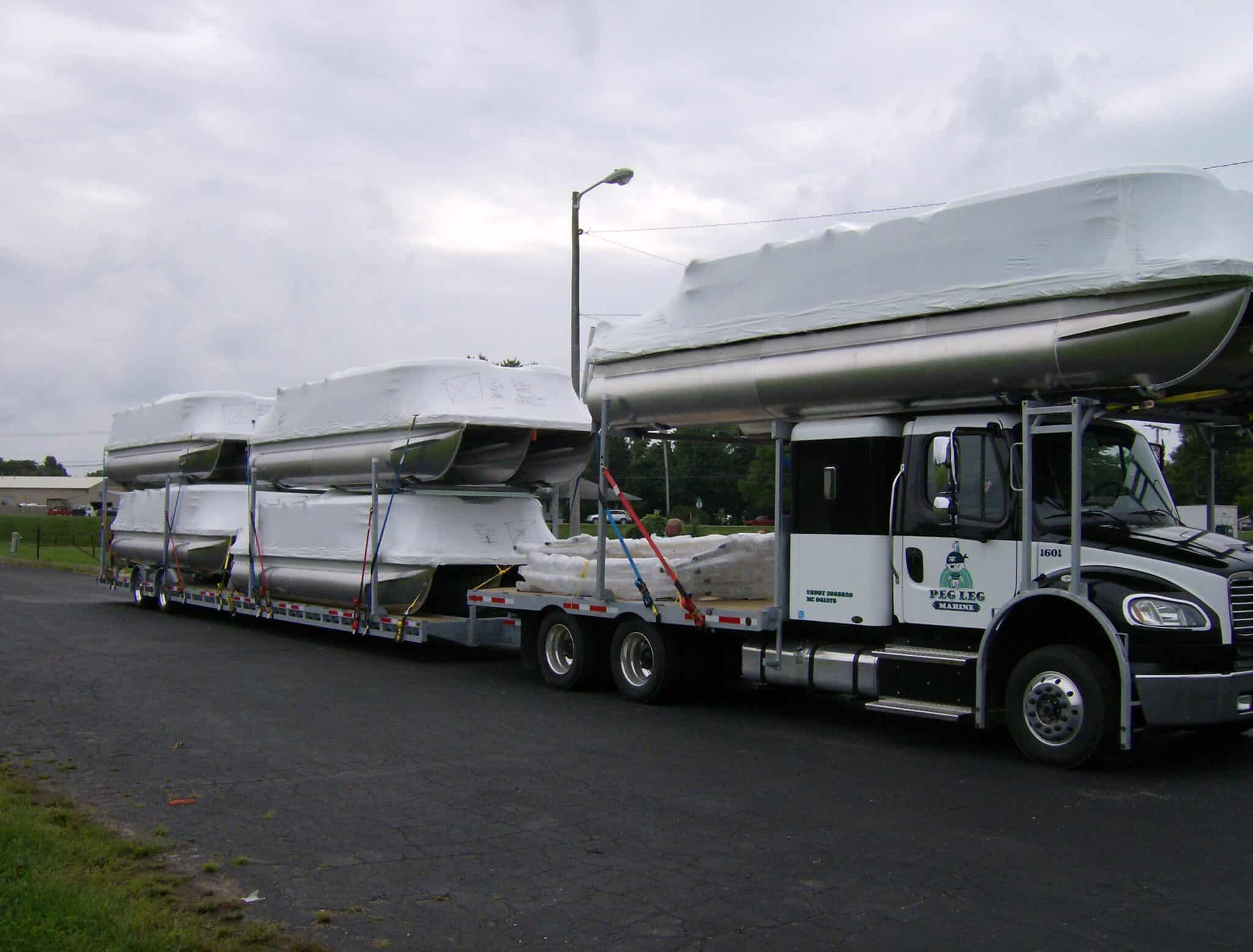
Your Guide to Boat Transport Regulations and Permits
